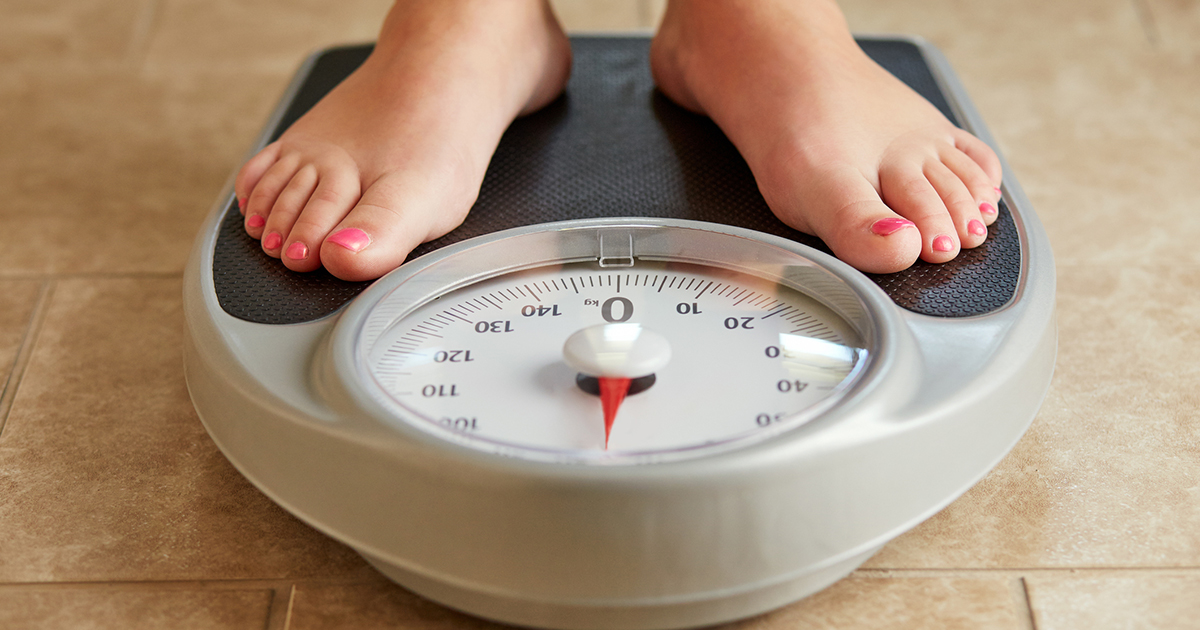How To Spot Brucellosis
Brucellosis is an infectious disease that results from bacteria. It can be contracted by consuming contaminated products, inhaling the bacteria, or contact with infected animals. The animals most frequently associated with it include sheep, goats, dogs, cattle, and pigs. In the United States, this infection is relatively uncommon, though it is possible, so taking the right precautions when working with animals and not consuming unpasteurized dairy products is essential. Once the infection is present, it may take months to resolve, and relapses are not uncommon. It is important to know what the symptoms are, so should they occur, patients know to quickly see their doctor for diagnosis and treatment.
Body Aches And Pains
The onset of brucellosis can be insidious or sudden, with body aches and pains being among the initial symptoms. The pain may include muscle pain, neck and back pain, joint pain, and headaches. Following the initial febrile phase, brucellosis patients might experience joint and abdominal pain, back pain, and headaches. The frequency and intensity of this symptom can vary greatly. Some patients experience minor discomfort, but it is constant, where others have waves of intense discomfort that come and go. As the infection starts to clear, these discomforts dissipate. However, in the meantime, doctors may recommend certain treatments to make patients more comfortable.
Get to know the next symptom that helps individuals identify brucellosis now.
Weight Loss

Weight loss can occur as one of the initial symptoms of brucellosis. Since this infection can affect the digestive tract, it might be difficult for patients to eat sufficient calories to maintain weight. The other symptoms and their associated discomfort may negatively impact an individual’s appetite, further causing weight loss. It is also possible to experience non-specific anorexia, causing a loss of appetite. It is possible to become dehydrated with this infection, and this might increase the lack of appetite that can contribute to weight loss. Treatments to calm symptoms, such as nausea, vomiting, and constipation, might help brucellosis patients improve their appetite. Doctors might also put a focus on foods that offer diverse nutrients and higher calories, such as nuts, meats, and legumes.
Continue reading to reveal yet another symptom of brucellosis.
